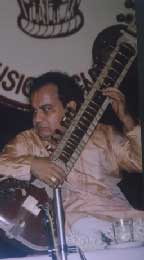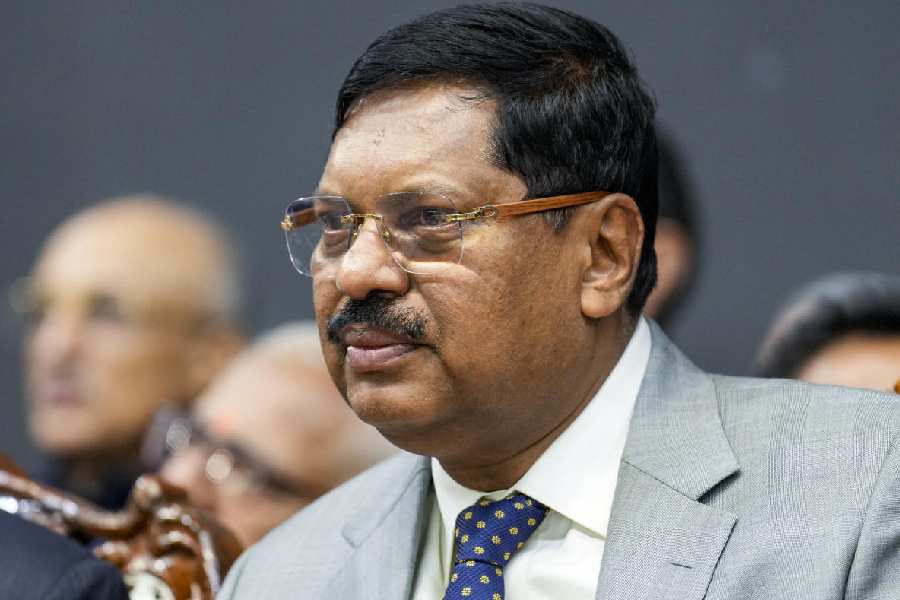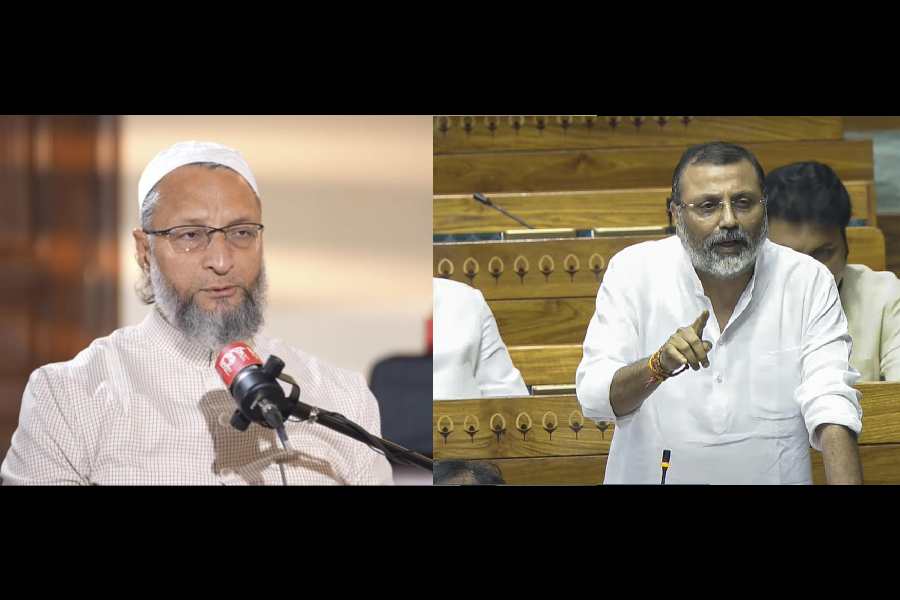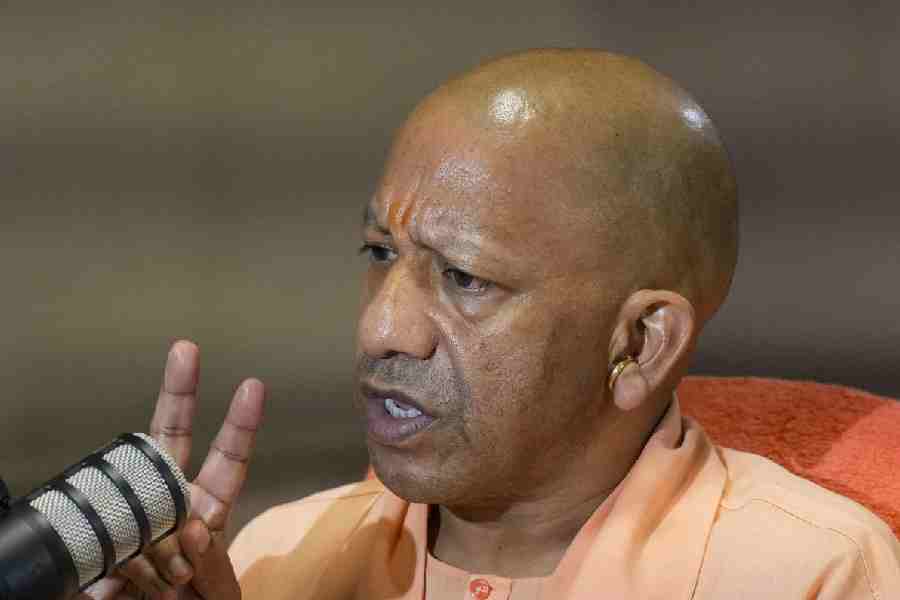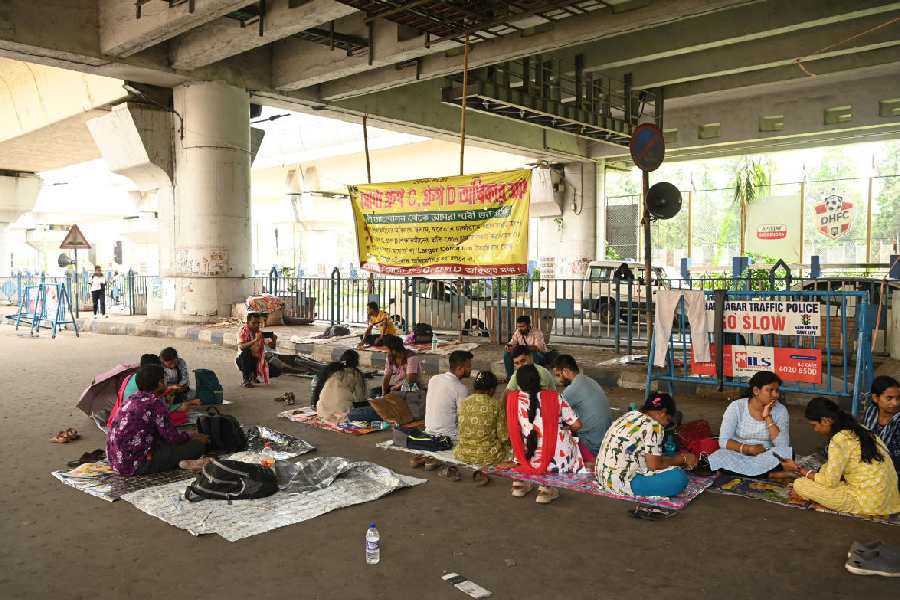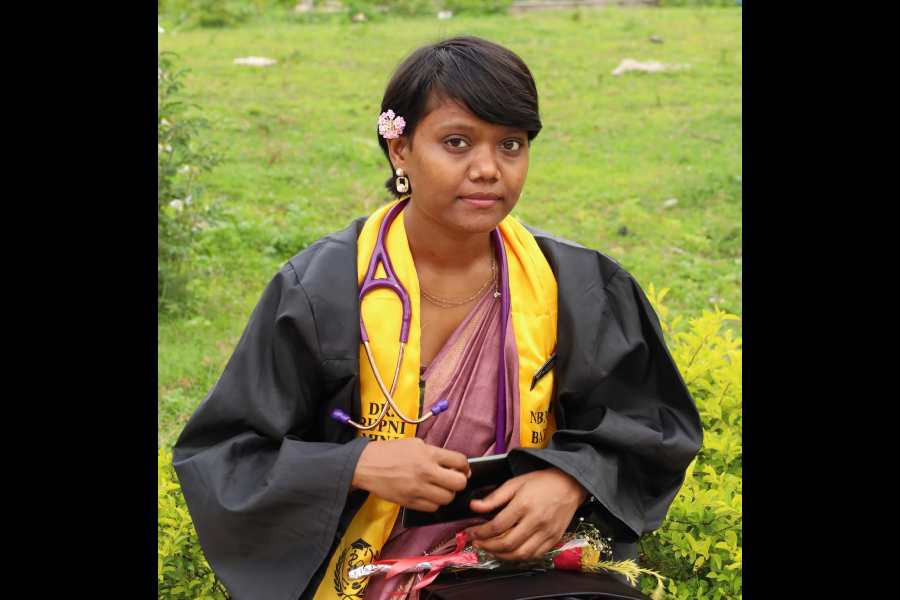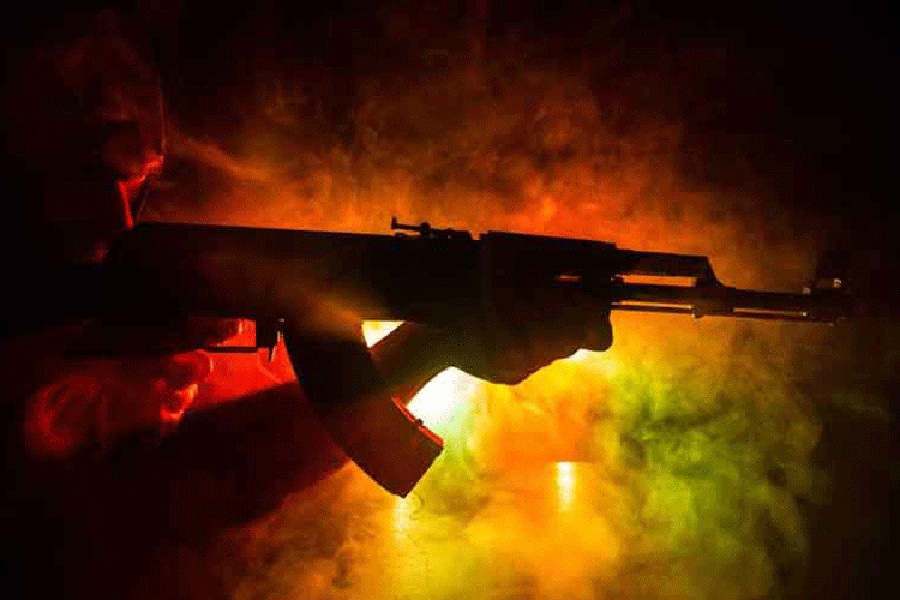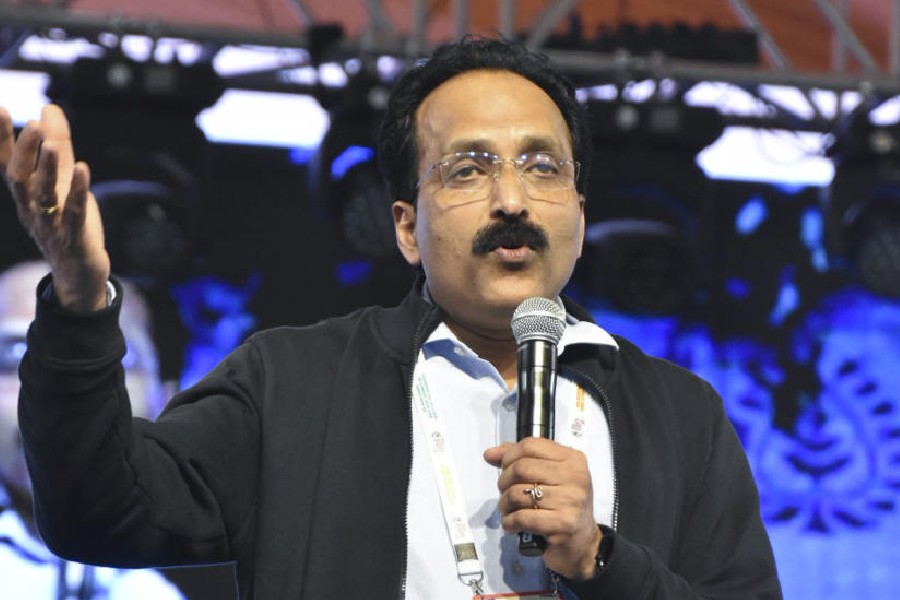 |
| Debprasad Chakraborty |
The sitar recital by Debprasad Chakraborty at the ITC SRA Music Circle presentation at Mahanayak Uttam Mancha provides an opportunity to again discuss the character of the style emanating from the late Ustad Allauddin Khan of Maihar. Chakraborty first learnt sitar from his father and then the late Ajoy Sinha Roy, who had learnt the instrument only for three months under the ustad. Sinha Roy’s major training was with the ustad’s brother Ayet Ali Khan, better known as an instrument-maker. Still, Chakraborty’s music has the melodic meaningfulness and organic unity of structure not found in most of the other existent styles of sitar playing.
Chakraborty played a 65-minu-te recital in the raga Mian ki Malhar. Called a raga for masters, it is not easy to play because of its limited compass. But Chakraborty rose to commendable heights with it not because he played in the intelligent artistic manner employed by Basant Kabra, but by utilising traditional means and by employing many of the facets of the bran-ch of the style associated with the late sitar maestro Nikhil Banerjee.
However, two minor lapses, one presentational and the other technical, occurred at the outset of the recital: first, the artiste practically played the full outline of the raga while tuning the tarafs. This takes away the pleasure of hearing the raga unfold gradually in the vilambit alap. Second, the artiste initially tried to hit the tivra komal ghandhar on the jodi string by means of a finger slide (most probably because this string does not allow much deflection through lateral pulls) and could not produce the correct microtone. The defect was corrected when Chakraborty returned to the jodi after a very impressive section on the bass strings where the gandhar was struck in its full glory.
With this and the impressive exploitation of the contrast of the two nishads with excellent meends, the 18-minute vilambit alap was very good listening. Equally good was the 13-minute jod in which bass string work, lad-lapet development and the bol, meend and gamak-studded taan-toda were very impressive. The dhamar gatkari was expertly played with good rhythm-melody balance and so was the case in drut teental where there was nice melodic bolkari. Samar Saha was initially a little hesitant on the tabla but gradually warmed up to play well.
The programme had opened with Khayals by Ruchira Kale in the raga Shuddh Kalyan. A pupil of Pandit Ulhas Kashalkar, she appeared to have picked up the salient features of his style very well. She sings the Kashalkar-style taans impressively but her voice occasionally lost true pitch. However, she does seem to have the wherewithal required for the Gwalior gharana gayaki. Gopal Mishra and Rupashree Bhattacharya provided her with excellent accompaniment on the tabla and harmonium respectively.
The reviewer regrets not being able to listen to the final item: a Khayal recital by the SRA executive director Amit Mukherjee.

